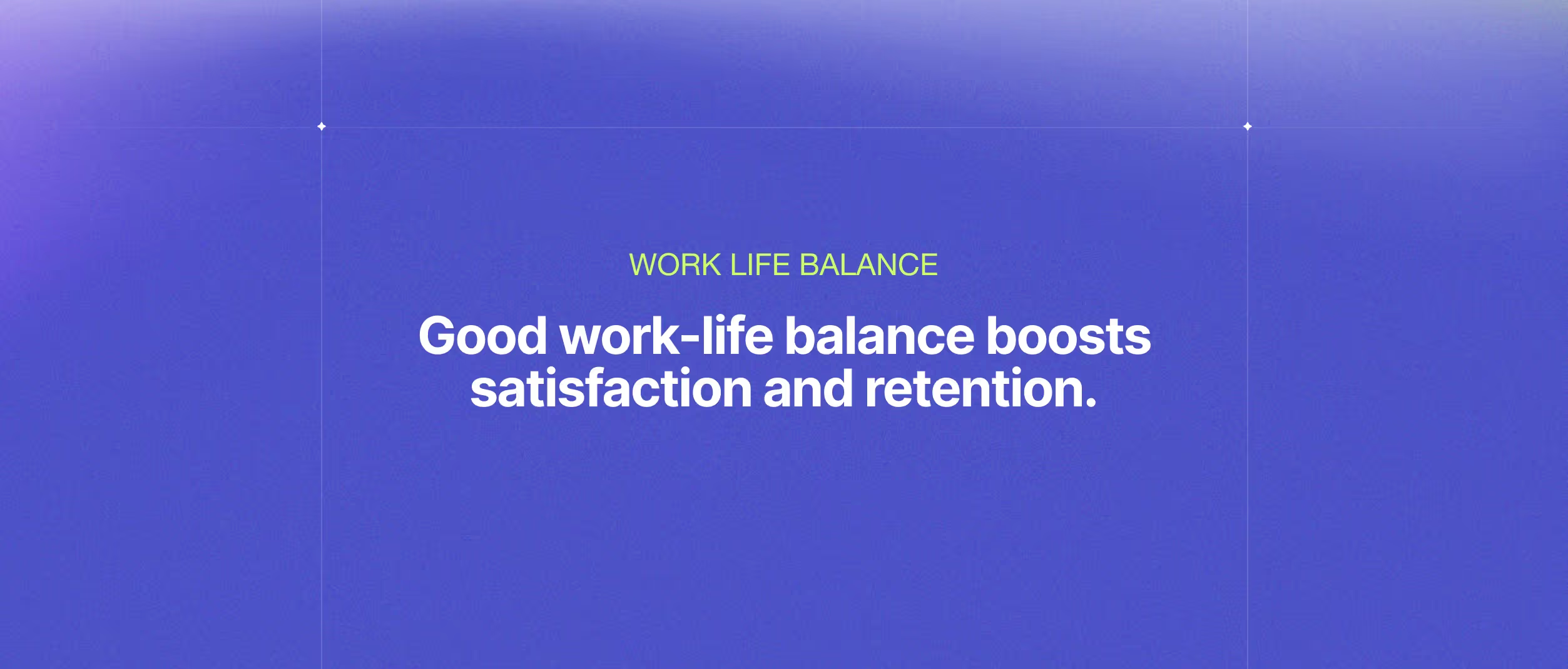Best Android Frameworks for App Development
.avif)
Fifteen years after its release, Android and its technological ecosystem offer many different frameworks, languages, and libraries for building mobile applications.
This article enumerates current trends in the Android development world, followed by some of the most frequently chosen Android frameworks for mobile app development.
Current trends for Android mobile apps
The android apps world continues to see implacable changes primarily dominated by the user experience and constant innovations by Google.
Below is a summary of prominent trends in Android mobile apps for 2022 and the near future.
Android Instant Apps
Instant Apps are a way for app and game developers to increase their discoverability. In short, an Android Instant App does not need to be installed but offers the same user experience as a native app.
This is achieved by running inside a native container, similarly to a Progressive Web App (PWA).
Android Instant Apps are not highly popular yet, but their adoption is growing at a steady pace. The Android Studio allows access to the Android Instant Apps SDK and assists developers in creating an instant app from scratch or converting an existing app to this new structure.
Instant Apps allow users to first try an app or game without having to install it, which requires less space on devices and helps fight app installation fatigue.
The simplest form of instant app experience is a "try now" button next to the "install" button on Google Play.
Although first announced in 2016, and Google released support for development in 2018, this app experience is a trend that has just started to pick up speed.
Google Assistant/Chatbot
There is an established trend of businesses integrating their services with online virtual assistants. In the case of Android, this means more apps integrating with Google Assistant, enabling users to access them directly.
Apps can integrate deep links for specific activities and use Scheduled Actions to communicate with other smart devices, ranging from lights to coffee machines and AC thermostats.
Activating assistants via speech recognition is another trend that will continue to expand in the following years. By saying "Ok, Google", users can trigger several complex actions using their smartphones, TVs, or home devices.
Voice commands also have positive implications in the safety and accessibility areas.
Internet of Things
Mobile apps are key to the much larger Internet of Things (IoT) trend. Traditionally, the development of such solutions required deep knowledge of embedded systems programming, using low-level programming languages.
Nowadays, Android can run on diverse hardware platforms, such as Raspberry Pi. Using Android Studio and the SDK, mobile developers can quickly jump to build embedded systems for the Internet of Things.
The adoption of newer 5G networks will allow more devices to be interconnected, as well as more data to be generated.
The Android operating system will undoubtedly play a vital role in this bandwidth and real-time revolution, with as many as 1.5 billion new devices expected to be connected via 5G soon.
Beacon Technology
Beacons are small physical devices that use some form of wireless communication to trigger interactions by proximity or location.
They are an effective way of achieving indoor location as well. Usually, beacons use Bluetooth Low Energy (BLE), but some can also rely on GPS, NFC, or Wi-Fi.
While the idea of beacons is not new, currently, many businesses are adopting beacon-like technology to enrich their on-site user experience.
Beacons allow businesses to target users uniquely physically. This technology allows companies to send notifications and create interactive environments triggered by proximity, enabling newer, highly contextual communication.
Public places like airports and shopping malls will continue to adopt beacon technology. The mobile payments industry articulates particularly well with this type of device.
Popular Android application frameworks
Building an Android mobile app has two main approaches: Native or Hybrid. The native approach means coding a mobile app using Java or Kotlin.
The hybrid approach, on the other side, allows coding it once and running it on different platforms.
This is why many Android developers prefer to use a framework that helps hybrid development while allowing to add native code if needed.
Below is a list of some of the most popular Android frameworks in 2022.
Flutter
Flutter was released by Google in 2017, making it one of the newer cross-platform application development frameworks. With React Native, Flutter is currently one of the most popular Android frameworks.
However, a critical difference between them is that Flutter uses its canvas to render components, which gives developers better control over rendering if the apps need it.
Flutter renders 2D components according to Google's material design guidelines, giving developers exceptional control over the app's appearance. This could be a game-changer for visually-intensive apps.
Flutter can run code written in the Dart programming language, an object-oriented programming language with specific enhancements to run client-side.
Flutter's development toolbox includes numerous APIs components and customizable widgets, among other development tools.
React Native
Facebook released React Native in 2015. Also aimed at cross-platform development, developers can build mobile apps using React components, JavaScript code, and native Android code if needed.
Popular mobile apps developed using React Native include Instagram, Discord, and Airbnb.
React Native allows developers to build mobile UIs leveraging the system's native components, interacting via a Javascript bridge.
React Native apps look as if they were native apps. Moreover, because a React Native app is not using native components directly when the system updates its look and feel, mobile apps get automatically updated as well.
One of the developers' favorite features of React Native is its hot-reload capability. This dramatically decreases development cycle times and allows developers to see changes immediately in their environments.
.NET MAUI
.NET MAUI is Microsoft's evolution of "Xamarin Forms". MAUI was released in 2022, making it the newest mobile app development game player. Despite what Microsoft claims, Xamarin was never a popular mobile development framework compared to React Native, Flutter, or Ionic.
However, if a team is highly experienced in .NET development, MAUI is probably a good choice since it includes many popular .NET development patterns as first-class citizens.
MAUI allows not only the development of cross-platform mobile apps but also desktop and tablet apps as well.
This framework claims to provide a "single project" developer experience to reach different platforms like iOS, Android, and macOS.
Its development environment allows deploying to other platforms with just one click, handling native hooks automatically.
Like many other hybrid development frameworks, .NET MAUI allows access to low-level coding via system APIs.
This framework is necessarily less mature than its competitors, but the team behind it applied the lessons from Xamarin, making it a very interesting choice for .NET teams.
Ionic Framework
Launched in 2013, Ionic was built initially on AngularJS and Apache Cordova. However, its latest release pivoted away from this approach, allowing users to choose any development library of their likings, such as React, AngularJS, or Vue.
Ionic allows developers to build progressive cross-platform apps using HTML, CSS, and JavaScript that can run on Android, iOS, and Windows devices.
Ionic integrates seamlessly with React, Vue, or Angular but can also be used just as a core component. It includes a vast amount of ready-to-use UI components.
Much like React Native, its live reload functionality allows developers to see their changes impacted instantly on their development environments.
While different from their initial approach of being a Cordova-backed framework, the Ionic project is very much alive, with its latest release just six days ago at the time of this writing.
Wrapping Up
After fifteen years of its release, Android is the leading operating system platform for mobile app development, with billions of devices running it worldwide.
The Android development world is seeing clear trends in 2022 that include new paradigms such as Instant Apps and established ideas that are experiencing a wider acceptance, like IoT and beacon-like technology.
Virtual assistants and chatbot interactions also compose a strong trend in the mobile app development world.
When building an Android app, developers usually choose between a native approach (coding it in Java or, most recently, Kotlin) or a hybrid approach.
The hybrid approach usually allows the development of an app once, running it on different platforms and devices.
Hybrid development is a firm trend in the mobile app development world because most apps do not need the complexities of native development to achieve their desired UX.
Below is a summary of the Android development frameworks covered by this article:
Flutter: Google-backed, uses its canvas to render components, and runs scripts in the Dart programming language
React Native: Facebook-backed, uses web components to render on different platforms and uses JavaScript as its primary language.
.NET MAUI: the newest option, just released in 2022. It is the evolution of the six-year-old (and now deprecated) Xamarin.Forms framework—an exciting choice for teams experienced in .NET technologies.
Ionic: originally built on top of AngularJS and Apache Cordova (now discontinued), its current version pivoted to a framework that allows the use of React, Vue, or Angular while providing access to a library of mobile-specific features.
Is your company looking to develop or maintain an Android or cross-platform mobile app?
Drop us a line! We can help with your project!
Other Blog Posts

Work-Life Balance: The Solution to High Turnover of Software Engineers?

Why hire Latin American Developers for your business?







